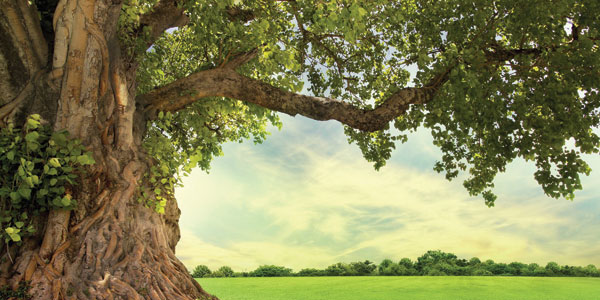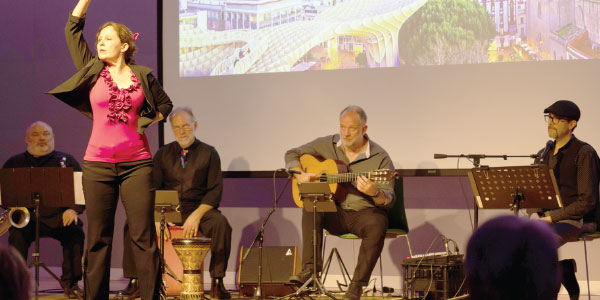
By Roberta Pardo
Trees might have something in common with humans: a “heartbeat.”
A recent study published by Aarhus University in Denmark found that at least some trees seem to have a “heartbeat” that has a similar purpose to a human’s — pumping fluid throughout the tree’s “body.” The key difference between a human’s pulse and a tree’s is that a tree’s is slower, “beating” once every two hours or so. And instead of regulating blood pressure, it regulates water pressure.
Study lead Dr. Andras Zlinszky told the website New Scientist.com that he and his colleague Anders Barford had examined 22 species of trees in windless, sunless conditions and found that the branches would move on their own over the course of several hours.
“We’ve discovered that most trees have regular periodic changes in shape, synchronized across the whole plant and shorter than a day-night cycle, which imply periodic changes in water pressure,” he told the website.
Most trees operated on different cycles of lowering branches at night and raising them again in the morning. The movement was so slow that it was almost indiscernible.
The researchers then produced a theory about the meaning of the movement. They believe it is an indication trees are pumping water up from their roots —essentially, a type of “heartbeat.”
Investigadores descubren que los árboles pueden tener un “latido”
Los árboles pueden tener algo en común con los humanos: un “latido de corazón”.
Un estudio reciente publicado por la Universidad de Aarhus en Dinamarca encontró que al menos algunos árboles parecen tener un “latido del corazón” que tiene un propósito similar al del ser humano: bombear líquido a través del “cuerpo” del árbol. La diferencia clave entre el pulso de un humano y el de un árbol es que el de un árbol es que la de un árbol es más lento, “late” una vez cada dos horas más o menos. Y en lugar de regular la presión arterial, regula la presión del agua.
El líder del estudio, el Dr. Andras Zlinszky, le dijo al sitio web New Scientist.com que él y su colega Anders Barford habían examinado 22 especies de árboles en condiciones sin viento y sin sol y descubrieron que las ramas se moverían solas en el transcurso de varias horas.
“Hemos descubierto que la mayoría de los árboles tienen cambios periódicos regulares de forma, sincronizados en toda la planta y más cortos que un ciclo día-noche, lo que implica cambios periódicos en la presión del agua”, le dijo al sitio web.
La mayoría de los árboles operaban en distintos ciclos para bajar ramas por la noche y volver a levantarlas por la mañana. El movimiento fue tan lento que era casi imperceptible.
Luego, los investigadores produjeron una teoría sobre el significado del movimiento. Creen que es una indicación de que los árboles están bombeando agua desde sus raíces, esencialmente, un tipo de “latido”.









